Dilation and Extraction

Photo Cred: Priests for Life
This method of abortion (commonly known as a Partial Birth Abortion) was publicly unveiled in 1992 and has been used to kill babies from 20 weeks through full term. Under the Partial Birth Abortion Ban of 2003, this procedure is currently banned. However, it would take both a whistle-blower and a federal prosecutor willing to accept the case to stop an abortionist using this procedure. Recent videos (link to CMP video) have strongly suggested that this procedure and/or very similar ones are still being performed today.
Because the opening of the woman’s cervix must be greatly enlarged, the abortion requires three days with repeated visits for insertion of laminaria. These are pencil-shaped or tapered devices which are inserted into the cervix and gradually dilate the cervix by increasing in diameter as the laminaria absorbs water. Three days later the abortion is performed. The abortionist ruptures the membranes and drains the amniotic fluid. Using an ultrasound on the mother’s abdomen, the baby is identified and orientated within the uterus. Having turned the unborn baby inside the uterus so that he or she is feet first and face down toward the floor, the abortionist inserts forceps into the cervical canal and into the uterus and grasps one of the baby’s legs. The other leg with the remainder of the torso up to the baby’s neck is then pulled outside of the uterus. The head must remain inside the mother’s body, or else the baby is considered “born alive.” Blunt scissors are inserted into the base of the living baby’s skull and spread apart to enlarge the hole. The scissors are removed and a suction tube is inserted into the skull and the brains are suctioned out. This kills the baby. The abortionist collapses the head, and the child is removed. Then the afterbirth is cut away.
To put the size of the unborn baby at 20 weeks of development into perspective, the majority of babies this procedure would be used on weigh about a pound, are approximately 8 inches in length (measuring from the top of the head to the bottom of the rump), and are fully formed, with feet roughly 1 inch to 1 1/2 inches in length. Babies as young as 21 weeks are currently medically viable (able to survive apart from mother).
Possible side effects and risks of D&X Abortion
- A hole in the uterus (uterine perforation) or other damage to the uterus.
Injury to the bowel or bladder. - A cut or torn cervix (cervical laceration).
- Incomplete removal of the unborn child, placenta, or contents of the uterus, requiring an additional operation.
- Infection.
- Complications from anesthesia such as respiratory problems, nausea and vomiting, headaches, or drug reactions.
Inability to get pregnant due to infection or complication from an operation. - A possible hysterectomy as a result of complication or injury during the procedure.
- Hemorrhage (heavy bleeding).
- Emergency treatment for any of the above problems, including the possible need to treat with an operation, medicines, or a blood transfusion.
- Rarely, death.

